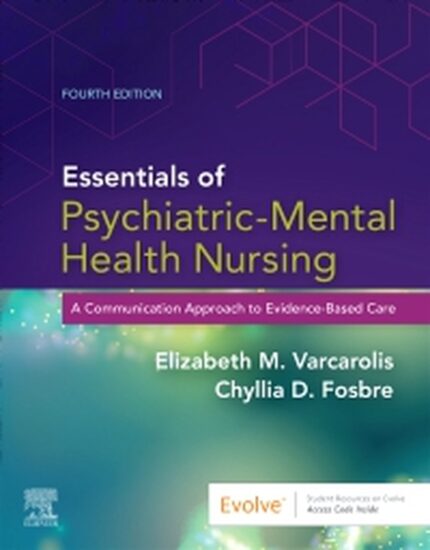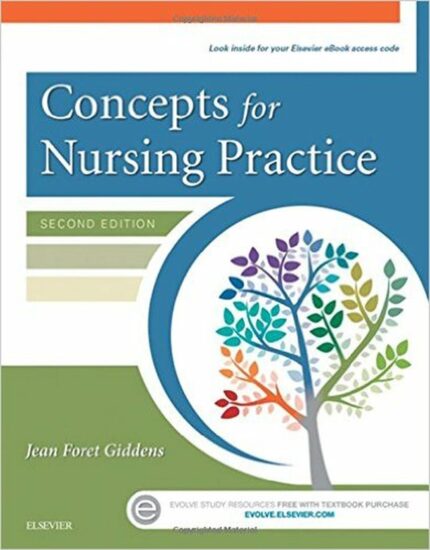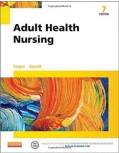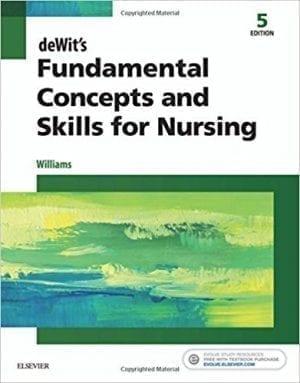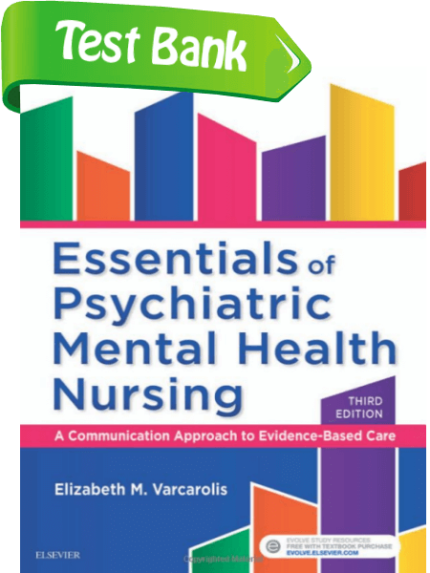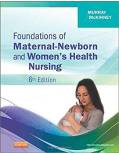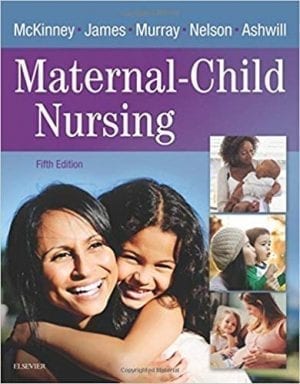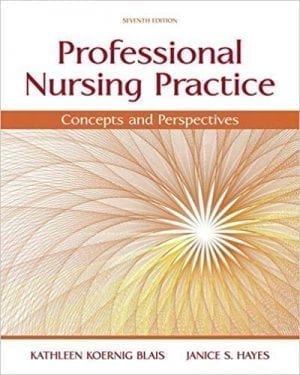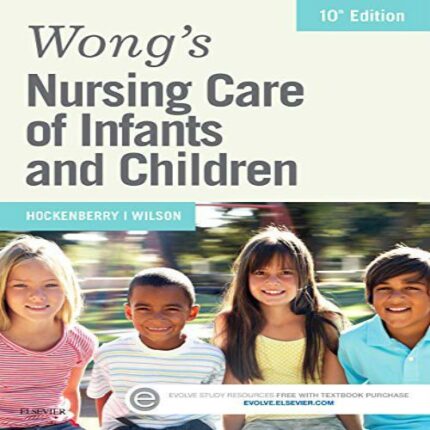Test Bank For Contemporary Nursing 8th Edition Cherry
Chapter 01: The Evolution of Professional Nursing
MULTIPLE CHOICE
1. What accomplishment is Clara Barton best known for?
a. Becoming the first black public health nurse
b. Establishing the Henry Street Settlement
c. Founding the American Red Cross
d. Publicizing the inadequacies of hospital-based nursing schools
ANS: C
The American Red Cross was founded by Clara Barton in 1882, to be of assistance in efforts
to provide supplies to the battlefields and hospitals. Barton also sets up a postwar service to
find missing soldiers.
DIF: Knowledge
2. Students are assigned to write to their state leaders about an issue affecting their community.
One student writes about the need among rural community for greater access to acute care
services. Which piece of legislation should the student use as a reference?
a. Social Security Act
b. Hill-Burton Act
c. Sheppard-Towner Act
d. U.S. Civil Service Act
ANS: B
The purpose of the Hill-Burton Act was to provide funding to construct hospitals and to help
states in plan for other health care facilities in accordance with the needs of communities.
DIF: Knowledge
3. The practice of public health nursing and the Henry Street Settlement are credited to
a. Mary Breckenridge.
b. Mary Seacole.
c. Clara Barton.
d. Lillian Wald.
ANS: D
Lillian Wald, a pioneer in public health nursing, is best known for the development and
establishment of the Henry Street Settlement.
DIF: Knowledge
4. Occupational health nursing features beliefs similar to those of which early nursing pioneers?
a. Lillian Wald
b. Florence Nightingale
c. Clara Barton
d. Mary Seacole
ANS: A
Lillian Wald was a pioneer in public health nursing and is best known for the development
and establishment of the first viable practice for public health nurses.
DIF: Comprehension
5. What historical event first led to the recognition of the contribution of blacks to nursing?
a. Florence Nightingale’s acceptance of black nurses into the first nursing school
b. The contributions of black nurses at the Pennsylvania Hospital, the first hospital in
America
c. Mary Williams and Frances Rose are listed as nurses in the City of Baltimore
Directory.
d. The work done by wives of wealthy black nobles who carried food and medicine
from house to house during the Middle Ages
ANS: C
1840—Two black women, Mary Williams and Frances Rose, who founded Nursing Sisters of
the Holy Cross, are listed as nurses in the City of Baltimore Directory.
DIF: Comprehension
6. World War I contributed to the advancement of health care by
a. increasing the number of private care hospitals and decreasing the role of public
health services.
b. employing a large number of civilians to provide care to returning soldiers through
the Red Cross.
c. introducing specialists in nursing such as nurse anesthetists.
d. increasing the number of community health nurses.
ANS: C
World War I offered nurses a chance to enter new fields of specialization, as is seen in the
example of nurse anesthetists, who became part of surgical teams at the front lines.
DIF: Comprehension
7. What was an original purpose of the Social Security Act of 1935?
a. Increase research that focused on minority groups
b. Provide medical care for chemically impaired persons
c. Ensure health care for older adults through a national insurance system
d. Decrease the public’s financial burden by limiting services offered by local health
departments
ANS: C
By providing health insurance for older adults, the Social Security Act of 1935 set the
precedent for the passage of the Medicare and Medicaid Acts that followed in 1965, but the
act also provided maternal and child welfare services, rehabilitation for the mentally and
physically challenged, medical care for blind individuals and crippled children, and
unemployment benefits.
DIF: Comprehension
8. A client asks the nurse, “Can you explain the amendment to the Social Security Act called
Title XVIII to me?” The nurse demonstrates an understanding of this legislation when
providing what response?
a. It led to many hospital closings, along with a decrease in acute care hospital–based
nursing care.
b. It provided medical insurance to those younger adults or children who were not
eligible for private insurance because of catastrophic illnesses such as cancer.
c. It provided preventive care for women, infants, and children.
d. It ensured that individuals with end-stage renal disease had health care insurance.
ANS: D
The Medicare program provides hospital insurance, Part A, and medical insurance, Part B, to
all people aged 65 and older who are eligible to receive Social Security benefits; people with
total, permanent disabilities; and people with end-stage renal disease.
DIF: Comprehension
9. A comparison of nursing in the 1980s to nursing in the 1990s reveals what factor that
contributes to health care as we know it today?
a. In the 1990s nursing experienced a significant reduction occurred in preventable
diseases caused by unsafe/unhealthy lifestyles.
b. Tuberculosis was the primary concern for nursing in the 1980s, whereas the AIDS
epidemic emerged and was its focus during the 1990s.
c. A decrease in ambulatory services in the 1980s prompted an increase in public
health nurses in the 1990s.
d. The demand for advanced practice nurses increased in the 1980s and the 1990s
because of the economy aNndRconIcernGaboBu.t Cthe hMealth of the nation.
ANS: D
The numbers of advanced nurse practitioners increased as evidence of their cost-effectiveness
as providers of primary and preventive health care became established.
DIF: Comprehension
10. Which statement accurately describes the historical perspective of nursing practice?
a. Nursing has existed to meet the needs of populations, individuals, and aggregates
by providing care that is determined by the needs and beliefs of society in different
historical contexts.
b. As men began to become interested in nursing, it changed into a respected
profession based on scientific fact rather than superstition.
c. Nursing has historically accepted individuals from all social and ethnic
backgrounds.
d. The United States has led the way throughout history to advance nursing and
health care by providing the first hospital and medical school.
ANS: A
Nursing has existed since biblical times to address needs ranging from contagious diseases in
early times to health prevention in the present time, with care based on health needs and
beliefs of the time.
DIF: Comprehension


